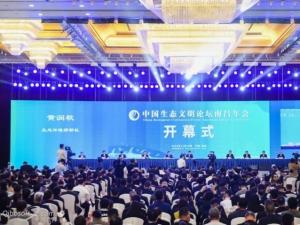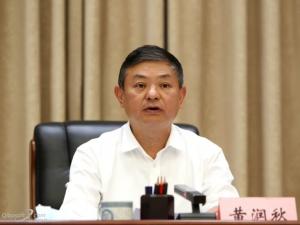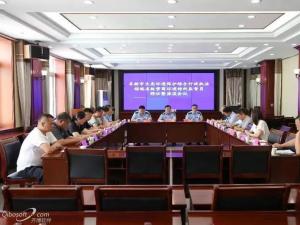Manuel PENNAFORTE (潘富石):法国预防科技灾害的法律措施∗(三)
|
rectly listed under the letter “S” does not necessarily mean that it is not part of the list. The law provides an “addition rule” for amounts contained in installations where substances are stored. Due to this “addition rule” a business can come under the obligations applicable to the “S” installations, while when taken individually they do not. According to the Press Release on the French Ministry of the Environment’s website, 616 installations came directly or indirectly under the category “S” of the list of the classified installations of 31 December 2011 which represented approximately 1.4% of the installations subject to environmental permit (authorisation) and 0.13% of all classified installations ①. 2 Specific Instruments Aiming at Reducing the Probability of Occurrence of Technological Catastrophes When an installation is listed in the “S” category this leads to a considerable increase in the obligations imposed on the operator who is then placed under the very high surveillance of the State (2.1). Furthermore, the existence of an installation “S” from the authorities’ point of view leads to the necessity or obligation to define the specific measures regarding the control of urban development, thanks to the land and water use restrictions (SUP) which include the “plan for the prevention of technological risks” (PPRT) (2.2). ① http://www.developpement‐durable.gouv.fr/IMG/pdf/15‐02‐12_‐_DP_‐_Installations_classees_vfinale.pdf 663 2012 年全国环境资源法学研讨会(年会)论文集 2.1 Reinforcement of Obligations Imposed on the Operator The operator of a classified installation listed under category “S” must: - consider his/its installation as part of an “establishment”, that is to say, in more general terms, as an integral part of the site as a whole; - carry out a check at regular intervals on the dangerous substances or preparations present in the establishment; - draw up a policy of major accident prevention (PPAM); - put into place a system of safety management (SGS); - respect the “paraseismic regulations”; - expect to be thoroughly monitored by public authorities; - establish and update (at least every five years) an “in-depth” danger study, which the operator communicates to the operators of neighbouring classified installations; - define an internal emergency plan, entitled “internal operation plan”, before the installation comes into operation and update it at least every three years; - have financial guarantees in a banking establishment to ensure the financial reserves necessary to deal with the economic consequences of major accidents the scenarios of which are described in the danger study; - bear in mind the fact that if the classified activity is transferred to a new operator, the new operator will beforehand have to obtain the environmental permit (authorisation) from the State departments (Préfet). Among the obligations listed above, the first four require some specific comments as they characterise the originality of the provision which comes from the implementation of the “Seveso Directive”. 2.1.1 Notion of “Establishment” The operation of an installation which comes under the category “S” of the list of classified installations takes place within an “establishment”, which includes “all the installations […] under the responsibility of the same operator on the same site […]” (C. env., art. R. 511-10, I) “including the equipment and connected activities” (ministerial order of 10 May 2000, art. 2). The notion of establishment is based on a global approach in line with the “integrated” approach governing the legislation relative to classified installations in general. The “Seveso 2 Directive” introduced a two-level analysis which requires the identification of two types of establishment: “high threshold” establishments and “low threshold” establishments. - “high threshold” establishments are those which have installations containing quantities higher than or equal to the “high thresholds” designated in the Directive; the “high thresholds” have been implemented into the list of classified installations; - ”low threshold” establishments are those which have installations which contain quantities higher than or equal to the “low thresholds” designated in the Directive; the “low thresholds” were implemented in France by the ministerial order of 10 May 2000. A good understanding of the two mechanisms described above is indispensable as the consequences which follow on from them are radically different, in terms of statutory obligations, depending on whether an operator is at the head of a “high threshold” establishment or a “low threshold” establishment. In the first case (“high threshold” establishment), the operator must respect all the obligations attached to the operation of the installations which come under the category “S” of the list. On the other hand, in the second situation, the operator only has a limited number of supplementary obligations compared to those which apply to the operators of installations requiring only authorisation. He has only, therefore, to carry out regular checks of the dangerous substances or preparations likely to be present in the establishment and draw up a major accident prevention policy (PPAM). According to the French Ministry of the Environment, on 31 December 2011 1,308 installat |
我来说两句
已有0评论 点击全部查看






